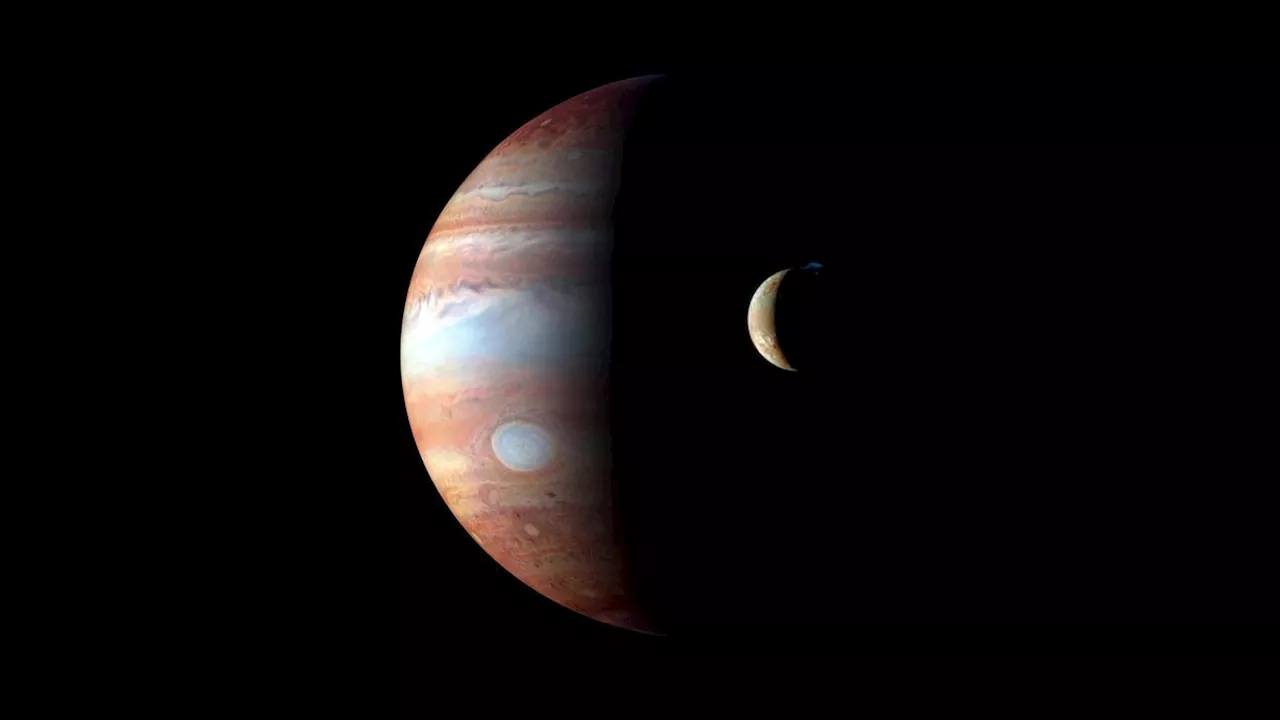Monisha Ravisetti is Space.com's Astronomy Editor. She covers black holes, star explosions, gravitational waves, exoplanet discoveries and other enigmas hidden across the fabric of space and time. Previously, she was a science writer at CNET, and before that, reported for The Academic Times.
It could be argued that one of the most perplexing aspects of our solar system is the fact that not every planet is a nice, solid rock like Earth. Some are literally, almost entirely, made of gas.
Though Bajaj and fellow researchers didn't come up with a final, tightly confirmed answer as to how long gas planets may have to form before protoplanetary disk gas depletes fully, he did offer a ballpark based on his calculations."Considering the gas mass in this disk and assuming that the gas will keep leaving at this constant rate that we find — about one moon mass every year — it will take approximately 100,000 years," he estimates.
"These gaps are thought to be created by planets as they consume all material in their way while they go around the star," Bajaj said. is old enough that those nascent worlds had time to eat away some of the disk itself."We also call this the transition stage," Bajaj said."It is transitioning from a protoplanetary disk to a more solar-system-like structure.
Second, ionization happens differently for different elements. Sometimes, there needs to be a really high temperature involved to kick an electron off an atom; other times, the electrons exit more willingly and do so at lower temperatures. "When we saw the spectrum for the first time — my first week of grad school — we saw that both the neon lines were booming!" Bajaj remarked, adding that one of those lines had actually never been seen before around T Cha."We figured out that neon is coming from further away from the star by looking at it with JWST."
At the risk of oversimplification, photoevaporation in this case refers to energy from a star heating up gas in the disk around it, which then forces that gas to disperse into space."Much like how water gets evaporated on Earth," Bajaj said.
Österreich Neuesten Nachrichten, Österreich Schlagzeilen
Similar News:Sie können auch ähnliche Nachrichten wie diese lesen, die wir aus anderen Nachrichtenquellen gesammelt haben.
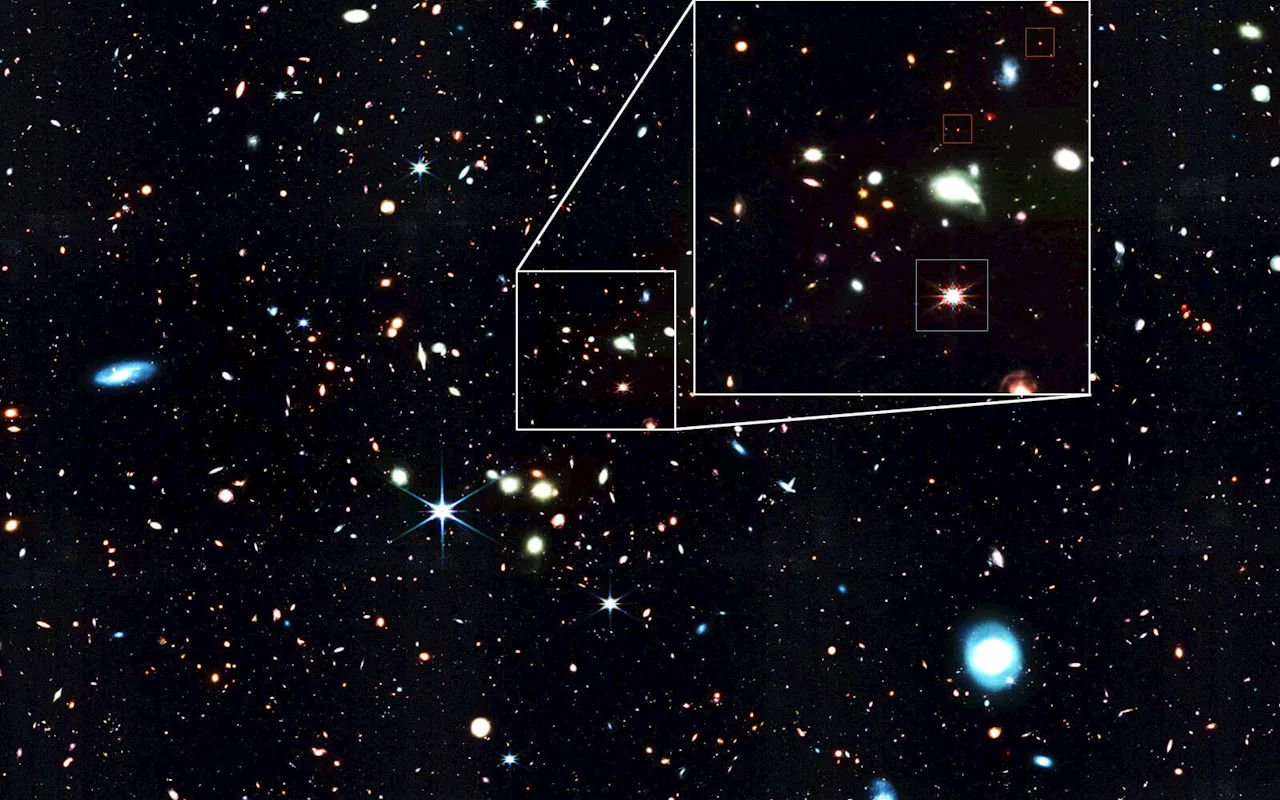 'Baby quasars': James Webb Space Telescope spots little giants in the deep pastThe James Webb Space Telescope has made one of the most unexpected findings within its first year of service: A high number of faint little red dots in the distant universe could change the way we understand the genesis of supermassive black holes.
'Baby quasars': James Webb Space Telescope spots little giants in the deep pastThe James Webb Space Telescope has made one of the most unexpected findings within its first year of service: A high number of faint little red dots in the distant universe could change the way we understand the genesis of supermassive black holes.
Weiterlesen »
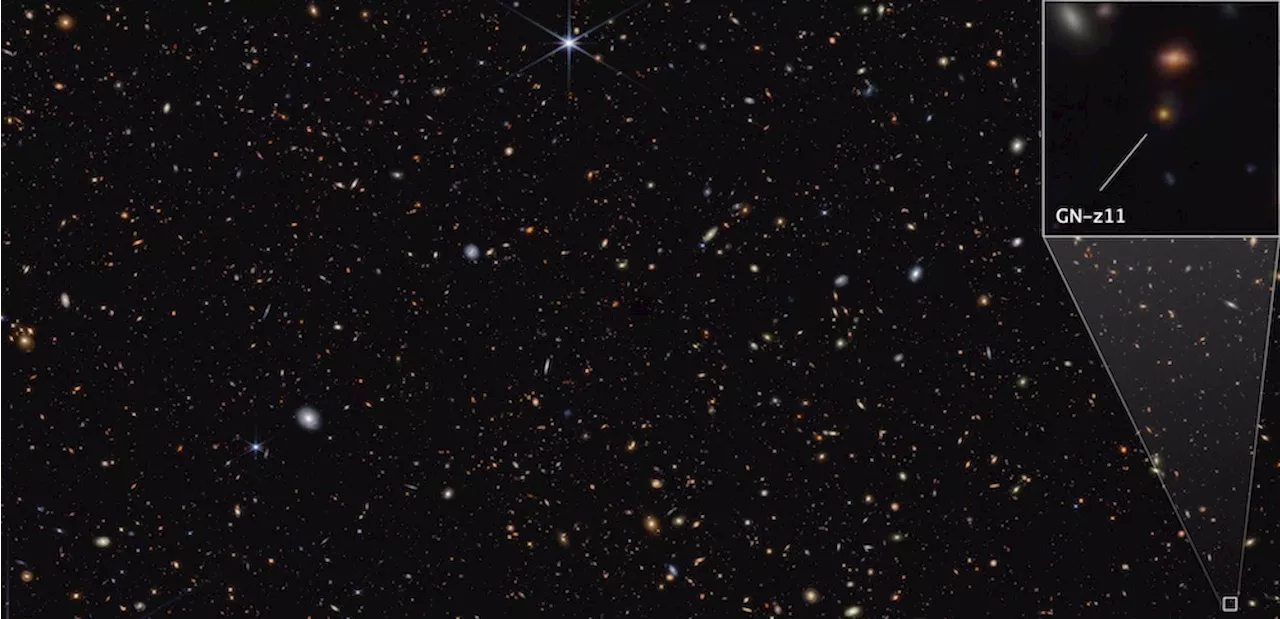 The Latest Mesmerizing Images from NASA's James Webb Space TelescopeWant to see the latest JWST images? The most recent image features the furthest known galaxy and black hole.
The Latest Mesmerizing Images from NASA's James Webb Space TelescopeWant to see the latest JWST images? The most recent image features the furthest known galaxy and black hole.
Weiterlesen »
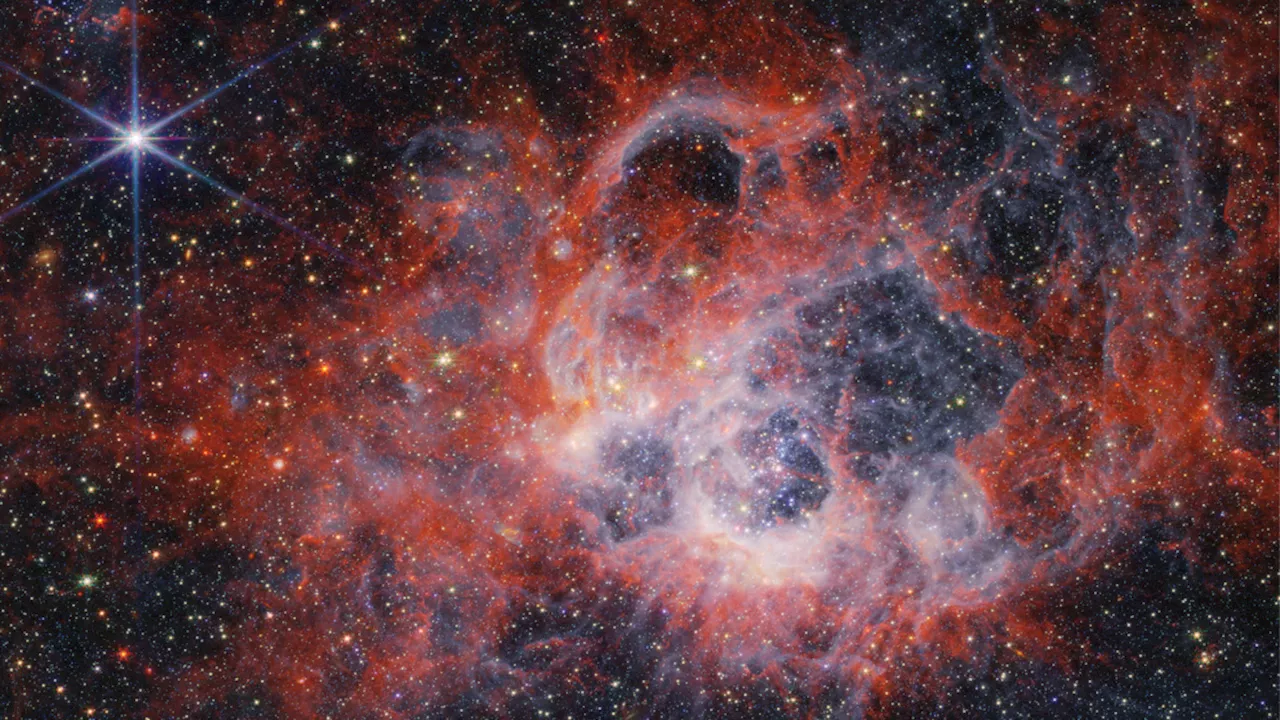 The James Webb Space Telescope hones in on star-forming region in the Triangulum Galaxy (images)Robert Lea is a science journalist in the U.K. whose articles have been published in Physics World, New Scientist, Astronomy Magazine, All About Space, Newsweek and ZME Science. He also writes about science communication for Elsevier and the European Journal of Physics. Rob holds a bachelor of science degree in physics and astronomy from the U.K.
The James Webb Space Telescope hones in on star-forming region in the Triangulum Galaxy (images)Robert Lea is a science journalist in the U.K. whose articles have been published in Physics World, New Scientist, Astronomy Magazine, All About Space, Newsweek and ZME Science. He also writes about science communication for Elsevier and the European Journal of Physics. Rob holds a bachelor of science degree in physics and astronomy from the U.K.
Weiterlesen »
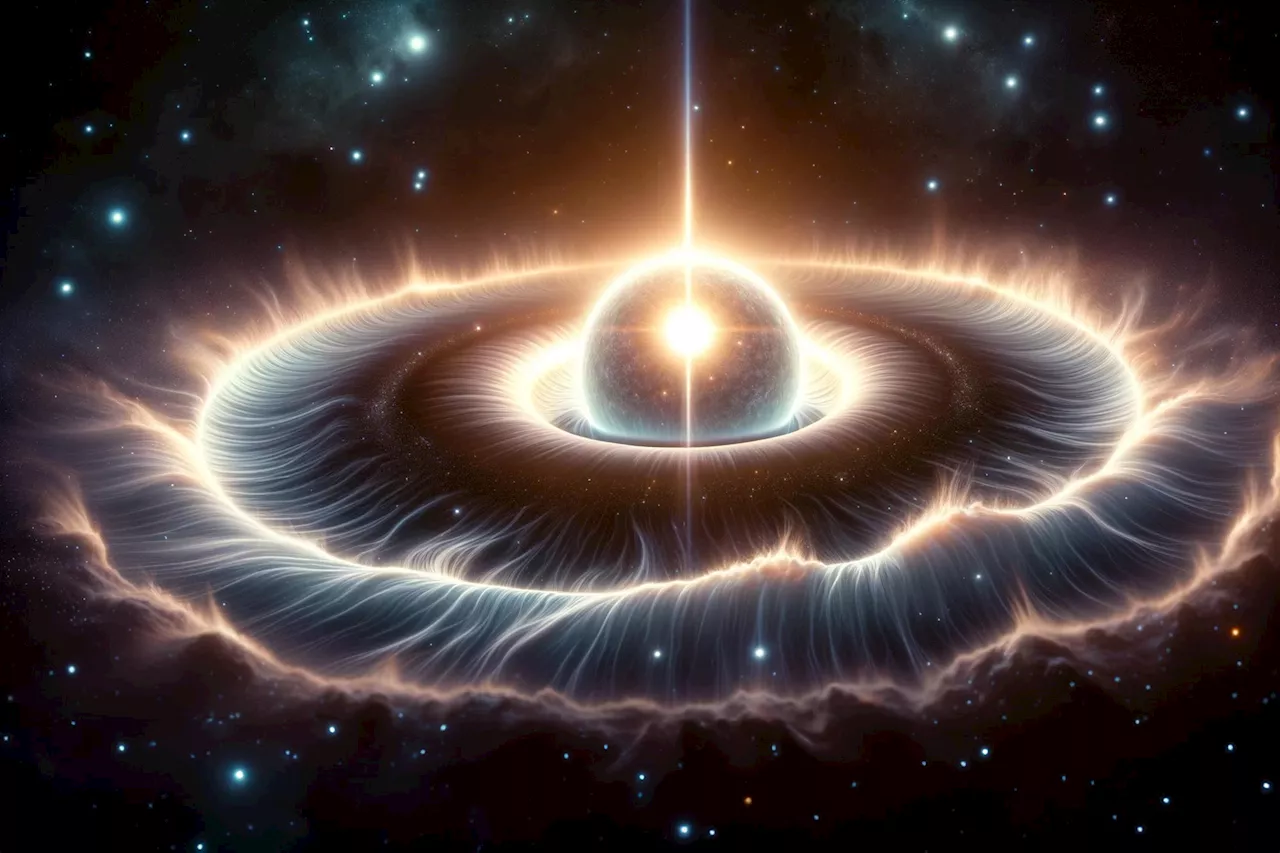 Webb Space Telescope Shows Ultraviolet “Winds” Eroding a Young Star’s Protoplanetary Disk in Orion NebulaScience, Space and Technology News 2024
Webb Space Telescope Shows Ultraviolet “Winds” Eroding a Young Star’s Protoplanetary Disk in Orion NebulaScience, Space and Technology News 2024
Weiterlesen »
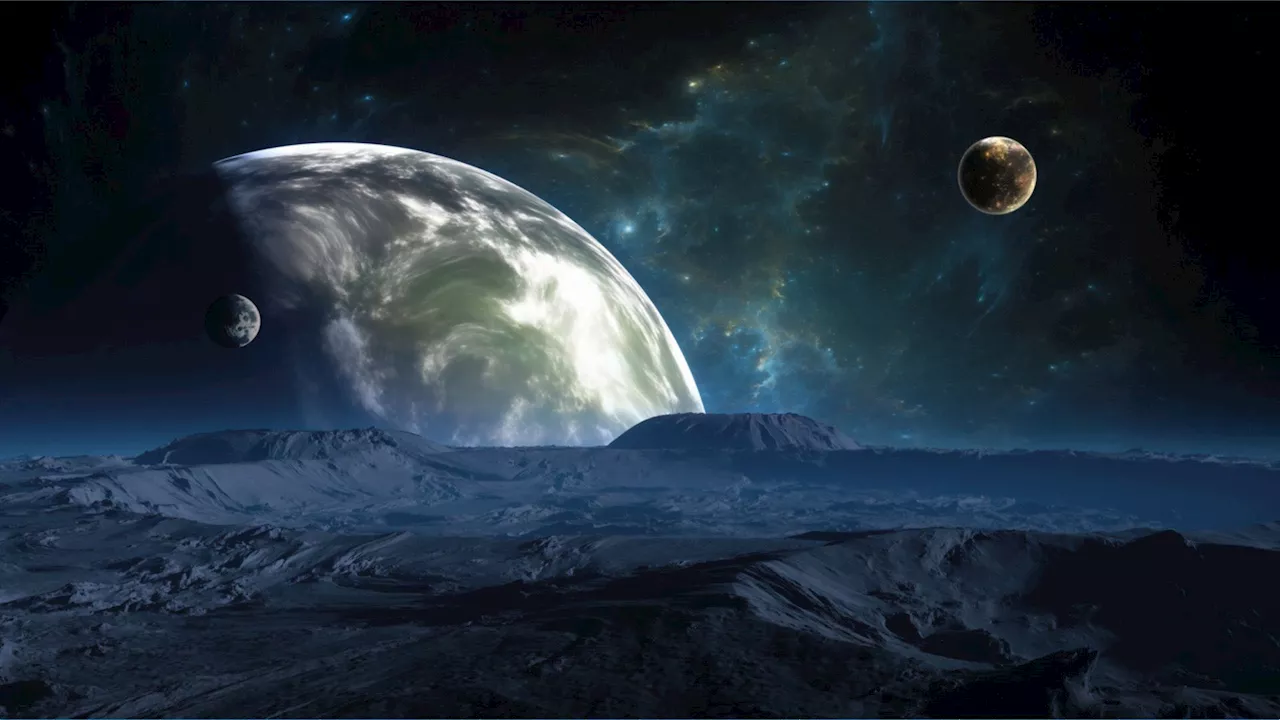 Webb telescope finds a ‘waterworld with a boiling ocean’ in deep spaceAstronomers find a new exoplanet that has waterworld tendencies due to the presence of methane and carbon dioxide.
Webb telescope finds a ‘waterworld with a boiling ocean’ in deep spaceAstronomers find a new exoplanet that has waterworld tendencies due to the presence of methane and carbon dioxide.
Weiterlesen »
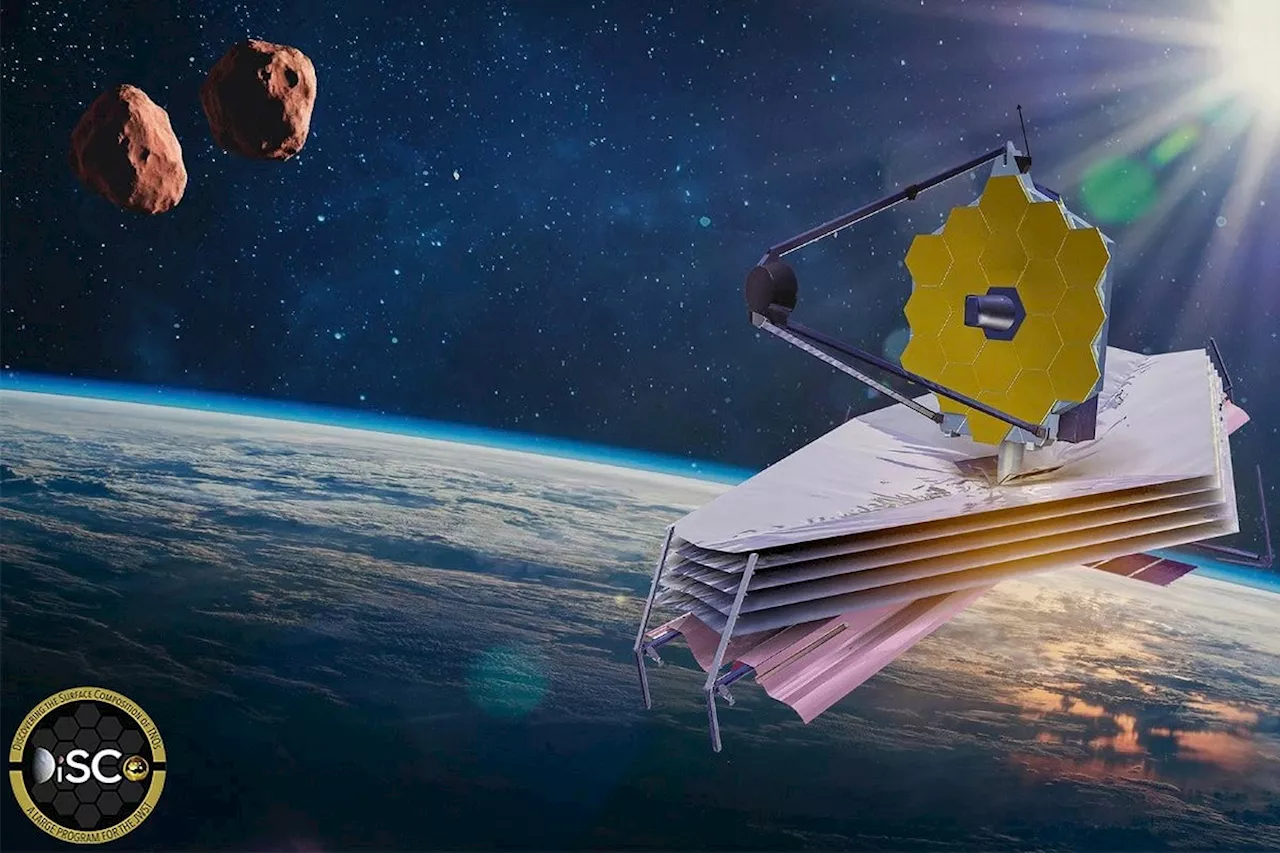 Webb Space Telescope Unlocks the Icy Secrets of Neptune’s BirthScience, Space and Technology News 2024
Webb Space Telescope Unlocks the Icy Secrets of Neptune’s BirthScience, Space and Technology News 2024
Weiterlesen »
